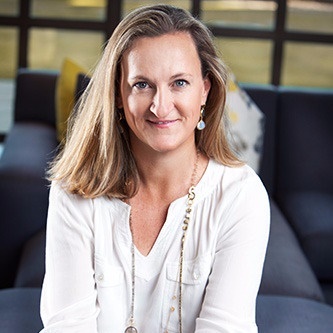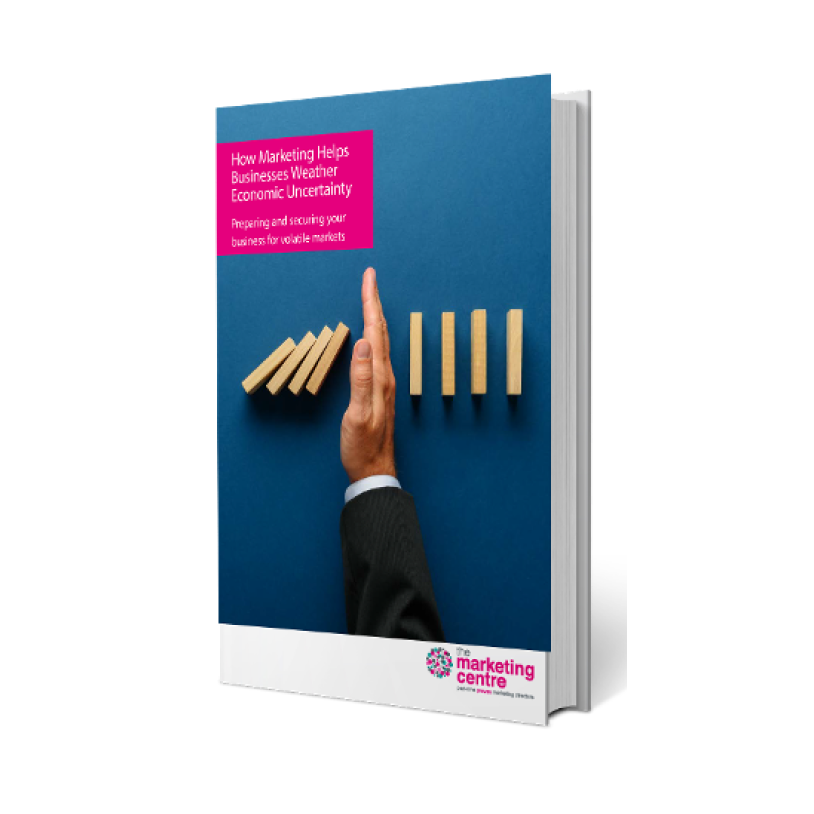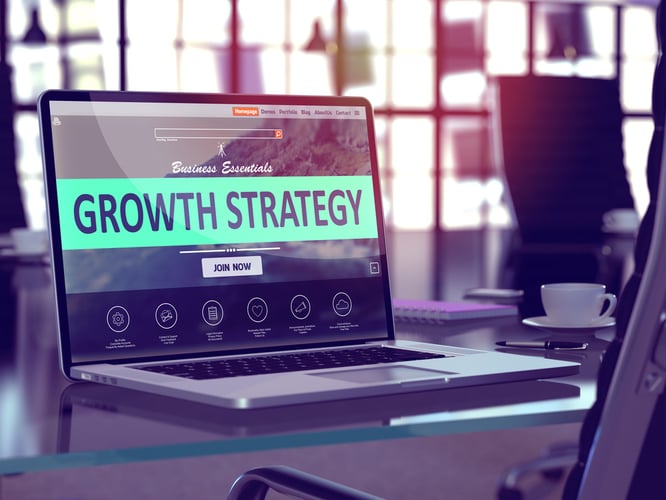Confidence Down, Resilience Up
UK SME CEOs have entered 2025 with confidence on the decline. Vistage’s Q1 CEO Confidence Index fell from 91.4 to 87.5, with over half (53%) of business leaders reporting worsening economic conditions. Many owners feel the headwinds – weak demand, rising costs, policy volatility – are intensifying.
The Office for Budget Responsibility (OBR) halved its 2025 GDP growth forecast from 2% to 1%, citing late-2024 stagnation and growing uncertainty. The Confederation of British Industry (CBI) and Reuters echo this shift, especially in B2B sectors like manufacturing and engineering. Retail has been slightly more buoyant, with Lloyds reporting steady business confidence.
At The Marketing Centre, we’re seeing how much of a cross-functional challenge this economy has become. Marketing alone can’t fix macro conditions, but it can help businesses remain visible, build trust, and retain relevance – and that counts.
The human need for certainty
Certainty is a deeply human need. We all crave predictability and control. When those vanish, stress and indecision rise. In this climate, leaders who offer clarity and consistency – in their decision-making, communication, and customer experience – can provide a rare source of stability. That trust becomes a competitive advantage.
Don’t go dark on Marketing
When the economy wobbles, it’s tempting to pull back. But disappearing from view is risky. Your marketing team (or fractional CMO) should double down on customer value and loyalty. Collaborate with your CFO to plan for slower growth, and lean on peer groups to validate your thinking when uncertainty clouds judgement. Isolation is the enemy of good leadership.
Manage costs – but stay visible
Yes, cost control matters. But don’t disappear. If your customers can’t see you, they’ll assume you’re gone. Presence builds confidence.
Back-to-office transitions: A leadership test
Many leaders now want their teams back in the office, believing it drives productivity and collaboration. But pushing too hard can backfire. Resistance, morale issues, even turnover can follow.
This is an HR and leadership challenge. Clear communication, empathy, and smart change management are vital. A seasoned HR consultant (like People Puzzles) can help craft flexible, inclusive policies. An executive coach can also help restore culture and trust.
Listen carefully. Be transparent. Build in some human touches – team activities, honest dialogue, genuine appreciation. These aren’t frills. They’re the glue.
Hiring: Realism meets optimism
Despite the headwinds, 31% of SME leaders still plan to hire in 2025. That’s encouraging. But April’s 6.7% minimum wage rise and increased NI contributions will raise labour costs by up to 10%.
Be selective. Prioritise roles that drive revenue or efficiency. Marketing can support recruitment through brand visibility; HR steers the process; finance ensures sustainability. If in doubt, consider interim or fractional execs to plug gaps without long-term overhead.
US Tariffs: More pressure for exporters
New U.S. tariffs (10–25%) are bad news for UK exporters, especially in automotive, steel, and food & drink. Around 59% of small exporters rely on that market.
With costs rising and pass-through limited, manufacturers will feel this fast. The government is calling for a “pragmatic” response, but SMEs must lead their own strategy – pricing, planning, and communications need urgent attention.
AI and tech: The bright spot
Here’s the good news: AI adoption is accelerating. 65% of SME employees and 70% of CEOs are actively engaging with AI tools – from automation to analytics to content creation.
Nearly half have formal AI usage policies, and many are training staff to use these tools wisely. Why? Because AI helps you do more with less – exactly what SMEs need right now.
Start small. Pilot one or two projects. If marketing is a focus, bring in a fractional CMO to advise on tools and strategy. The winners here won’t be those who dabble – they’ll be the ones who align tech with business goals.
Revenue growth vs. profit pressures
56% of SME leaders expect higher revenue this year – but only 38% expect profit growth. The squeeze is real, driven by labour costs and inflation, which the OBR says could rebound to 3.7% mid-year.
The key? Grow smarter. Tighten your offer. Focus on higher-margin segments. Let marketing highlight value over price. Set clear financial targets – like improving margin by 2 points – and make each department accountable: marketing for revenue, ops for efficiency, finance for discipline.
If something isn’t working, pivot fast. And be honest with your team. They can handle tough news – especially if they’re involved in shaping the response.
Final word: Steady hands in shaky times
Yes, the outlook is mixed. But there’s real resilience out there. I see it every day. The leaders who stay adaptable, lean on their peers, and seek the right kind of expert input will ride this out stronger.
This is where calm, confident leadership matters most. Stay close to your team. Stay close to your customers. Keep the data flowing and the dialogue open.
And have faith. (and chocolate cake).



